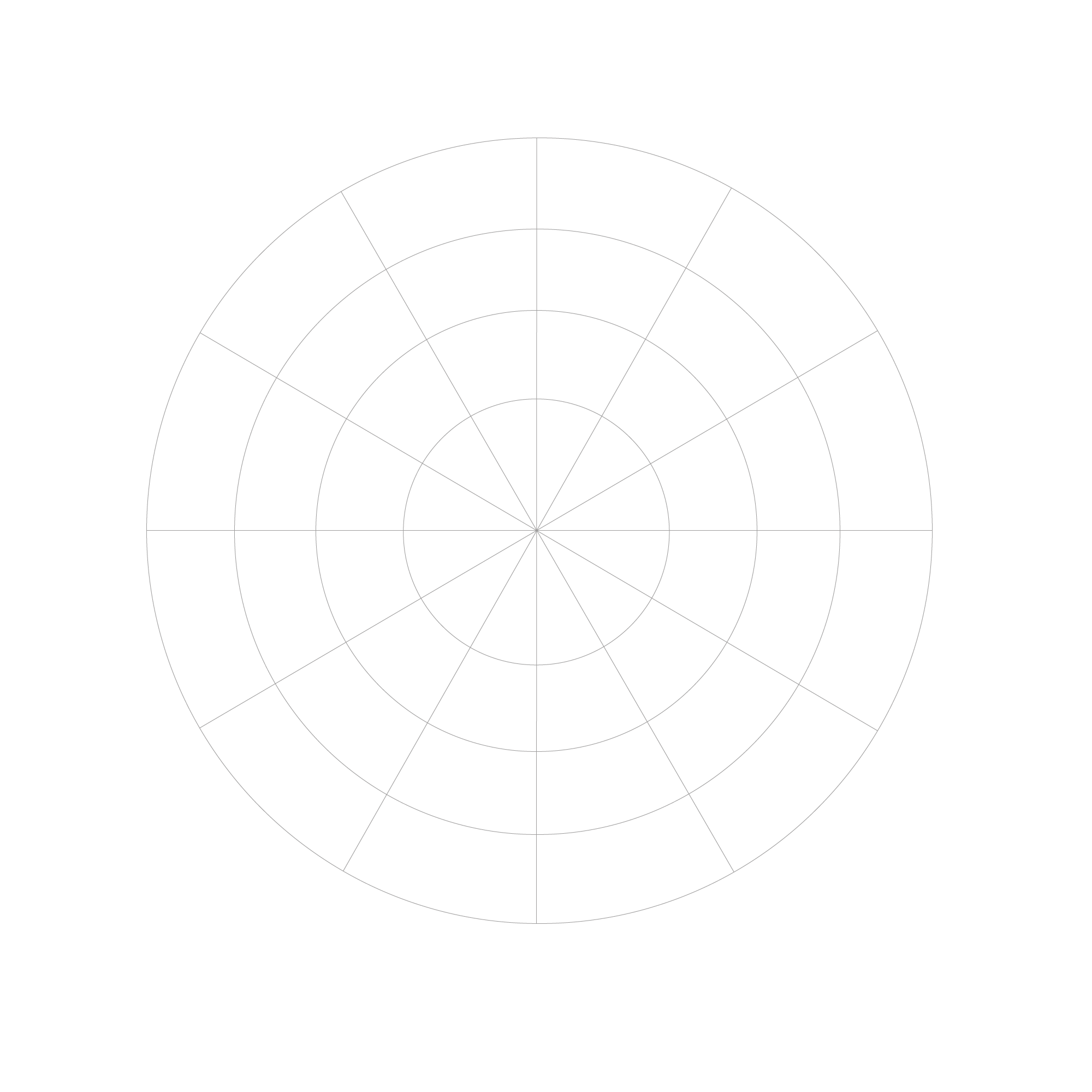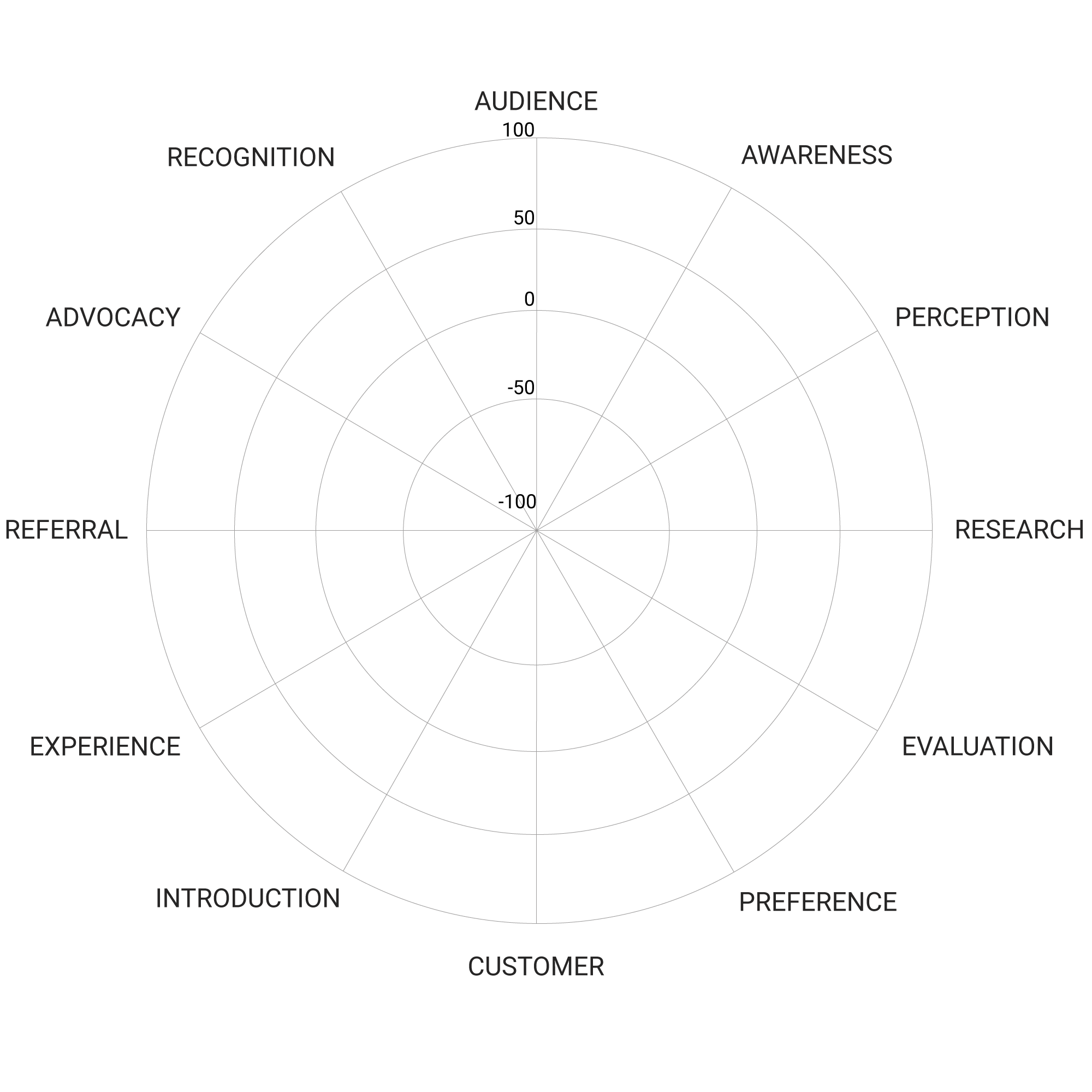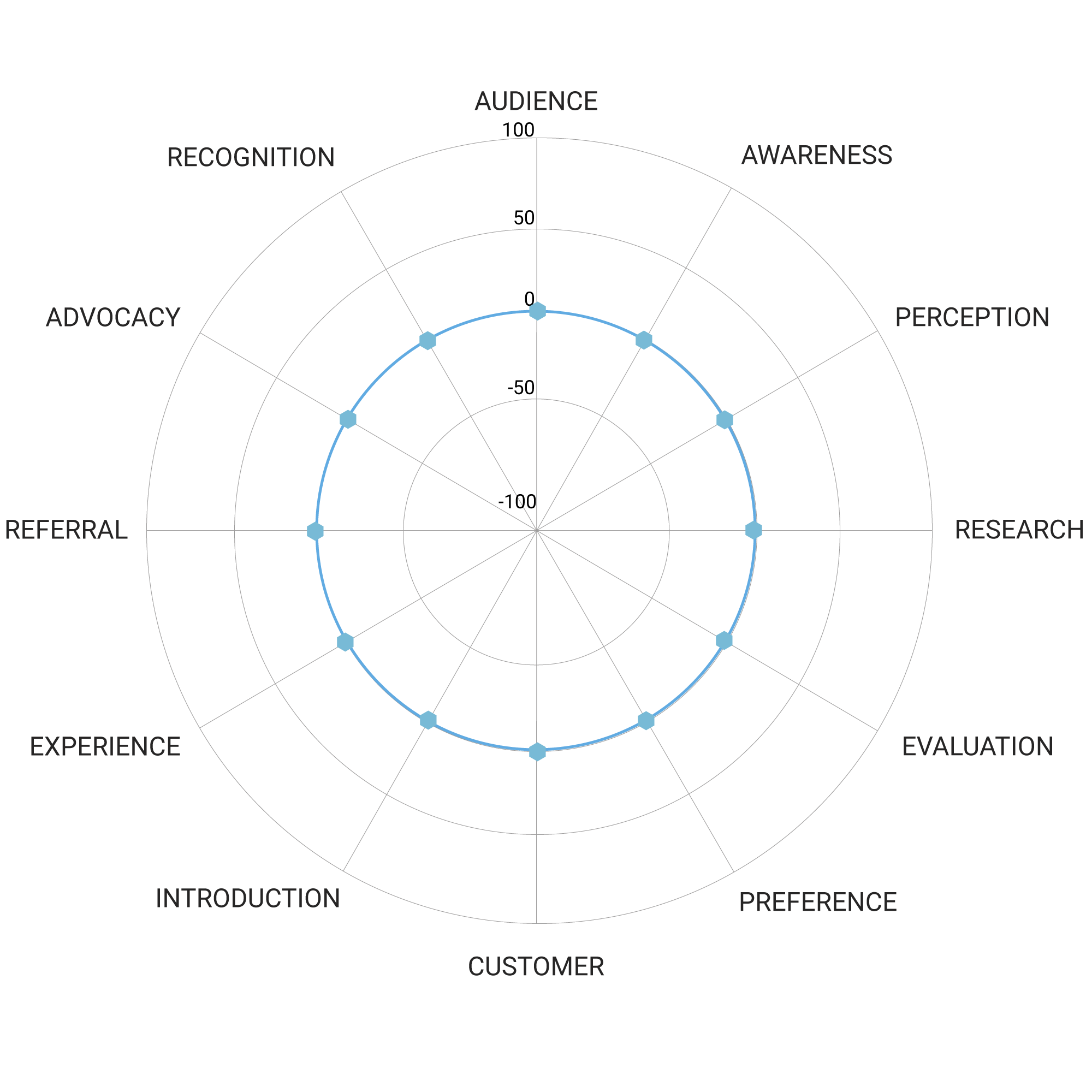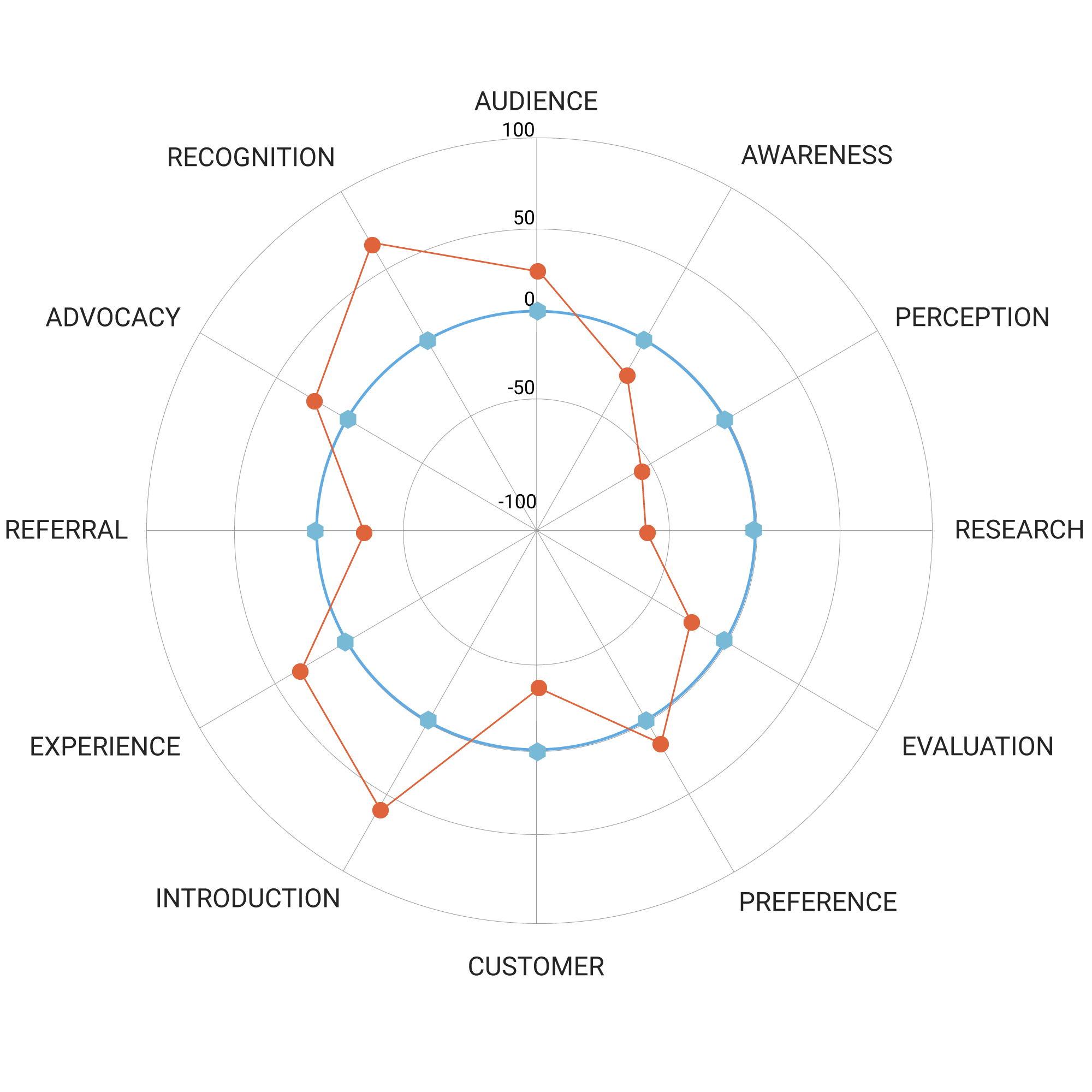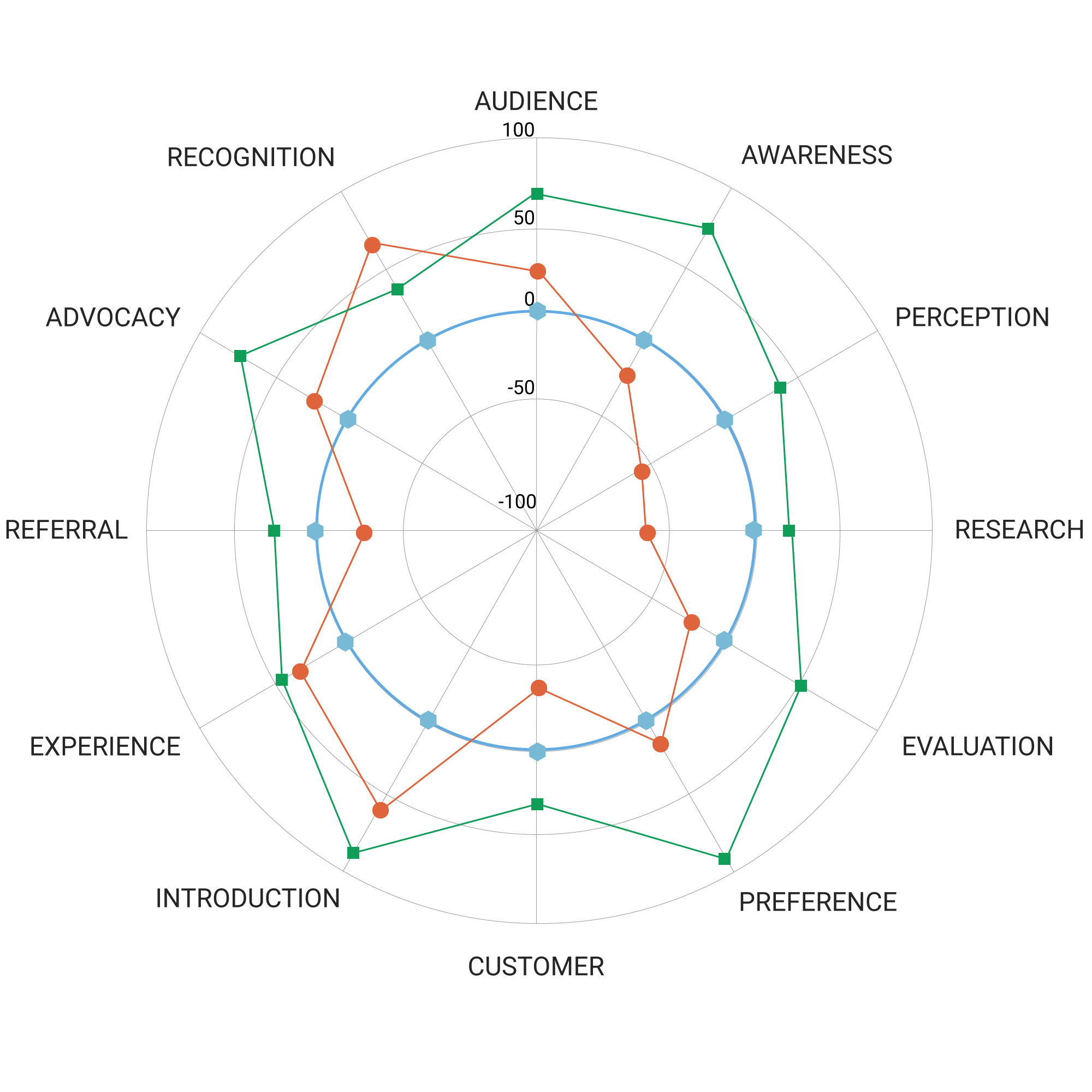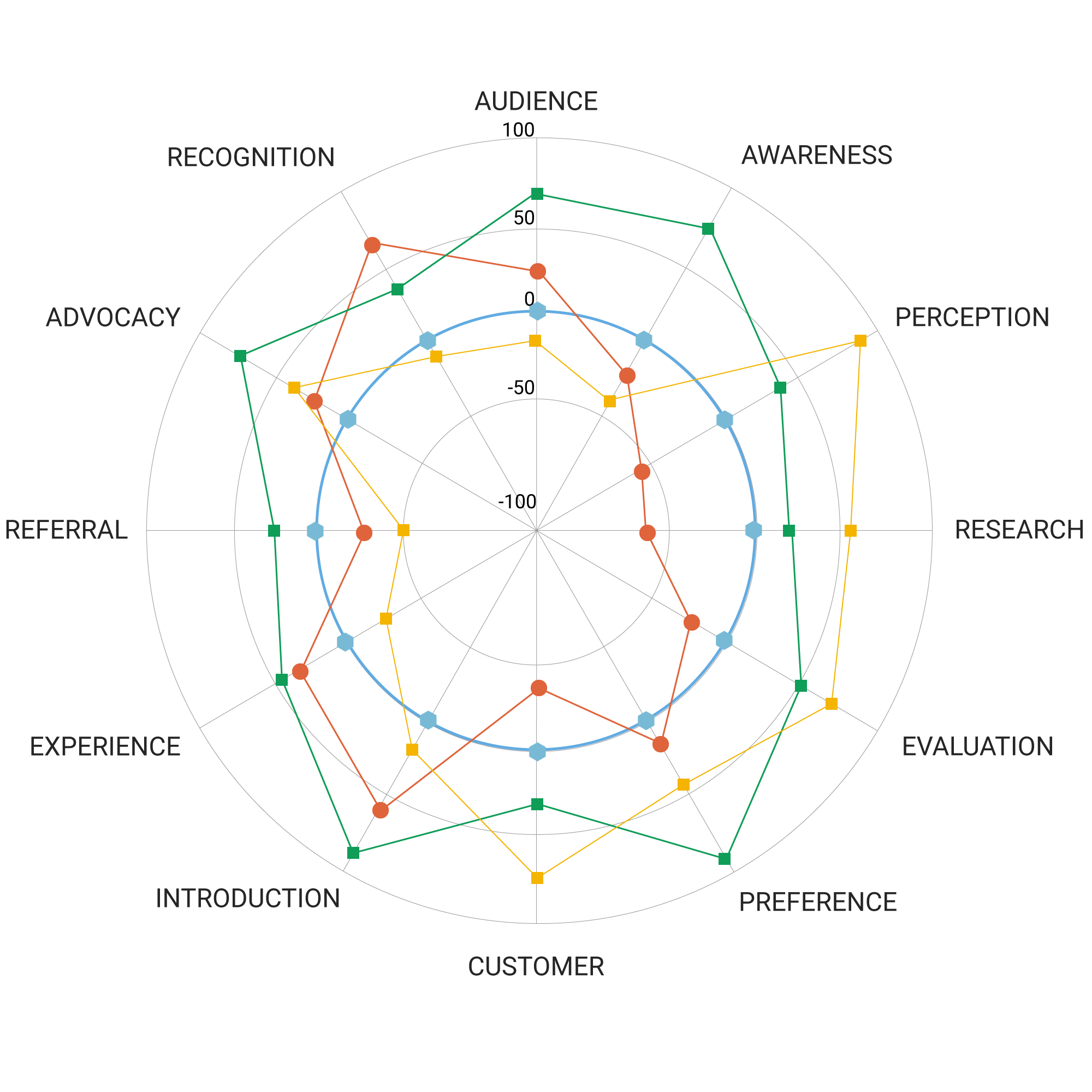halo
HALO is our fancy acronym for our approach to solving issues throughout the customer journey.
It stands for Heuristic Automation and Lifecycle Optimization. Once we have identified and prioritized the issues, we develop a thesis.
We test it, optimize it, scale it, and when possible, automate it. HALO allows for continuous improvement.
HEURISTIC
HEURISTIC: involving or serving as an aid to learning, discovery, or problem-solving by experimental and especially trial-and-error methods.
AUTOMATION
LIFECYCLE
OPTIMIZATION
AUDIENCE ALCHEMY®
Audience Alchemy® is Science and Magic’s proprietary research methodology. It uses a simple but powerful approach to identify which areas of the customer experience we need to address.
This helps our clients monitor and prioritize where they apply their resources. It is based on the same methodology used in Net Promoter Score measurements.
Net Promoter Score is a globally accepted measure of brand health that asks once simple question – how likely is it that you would recommend this company to a friend or colleague?
We have extended the Net Promoter Score approach across the entire customer journey to move beyond measuring advocacy – with a simple 12 question survey we deploy to your customers and the market.
Not only can we help you understand how your company is performing in the eyes of the market, and your customers – we can also measure competitor performance.
Audience Alchemy® gives executives and marketers a clear view of how customers believe your company is performing across every stage of the customer journey at a single glance.
This is how we prioritize our focus, and how we begin to address each individual dimension of your customer lifecycle.
CUSTOMER JOURNEY ANALYTICS
GETTING STARTED
We typically begin our engagements in one of the following areas, depending on how much of this work may already exist within an organization. We do not always need to go through each of these exercises, but we do need them to be documented, as each one is dependent on the last.
We cannot build campaigns to drive customer experiences without knowing what our strategy is on that front. We can’t deliver optimal experiences without knowing what our distribution plans look like. If we have no content to distribute, that is a problem. We need to understand brand strategy in order to produce relevant content, and our brand strategy relies on the overall business strategy of the organization . It is all inter-dependent.
BUSINESS STRATEGY
We start at the beginning. If our clients do not have a solid business strategy in place – a vision, mission, values, goals, action plans … we help them create one to clarify path forward.
CONTENT STRATEGY
BRAND STRATEGY
DISTRIBUTION STRATEGY
Content just sits there. How will we distribute content, how frequently, and to whom? How will we deal with feedback and engagement?
CX STRATEGY
CX strategy allows us to begin to dig into very specific areas of the company, one by one, to begin to optimize each phase of the lifecycle.
CAMPAIGN DEVELOPMENT
Campaigns are generally designed to solve for problems identified in specific areas of the customer journey. Test. Optimize. Scale.

